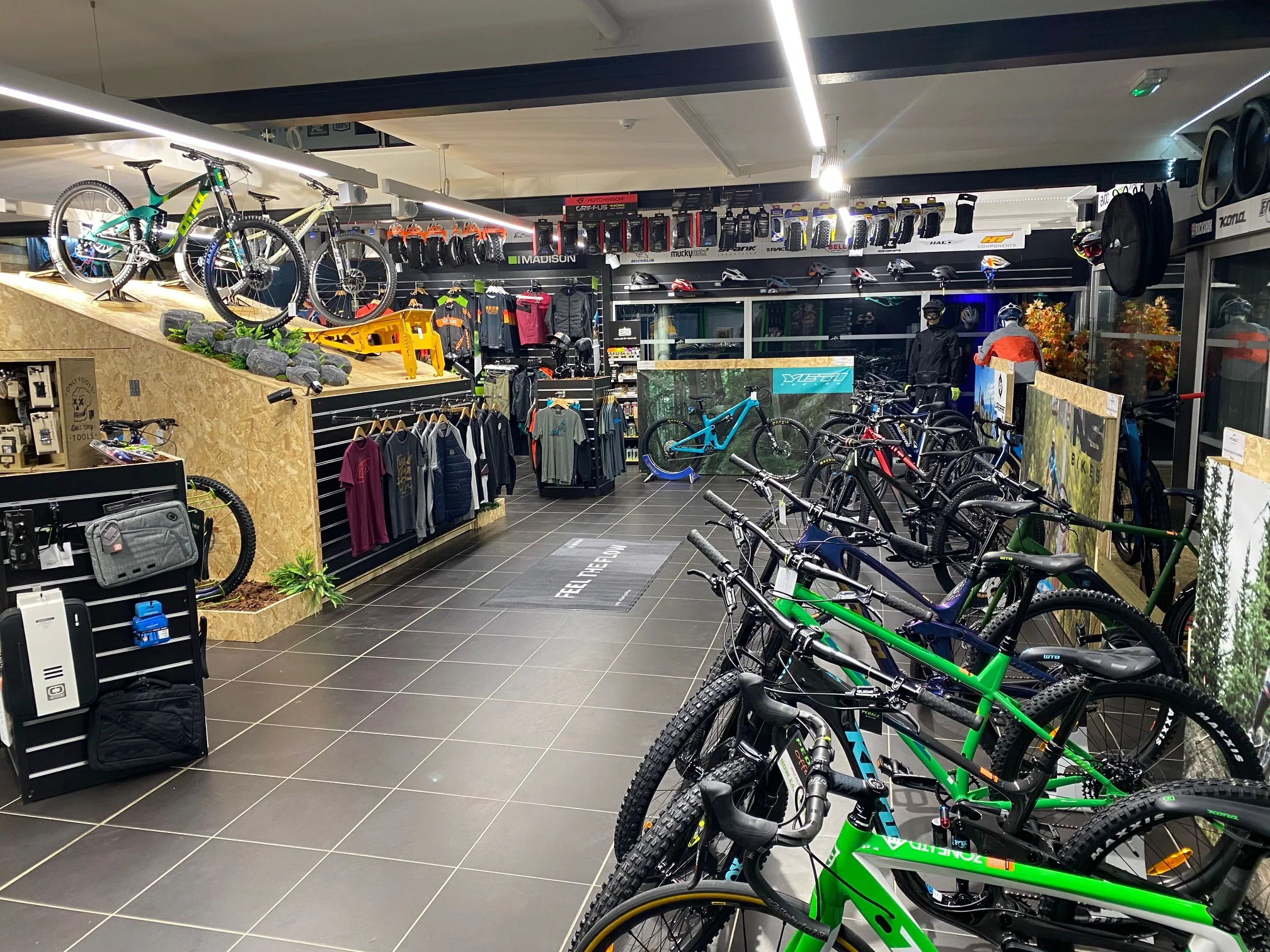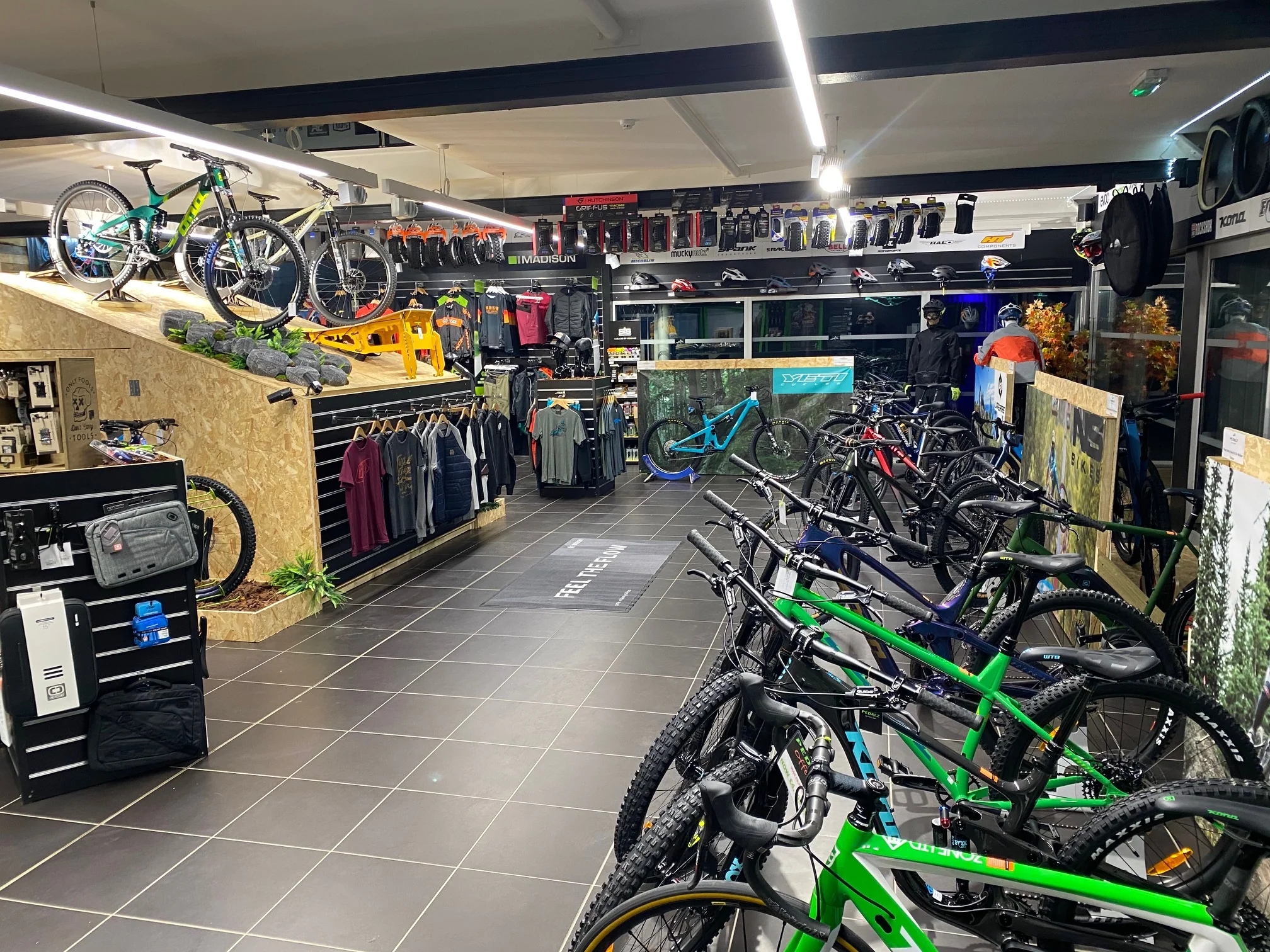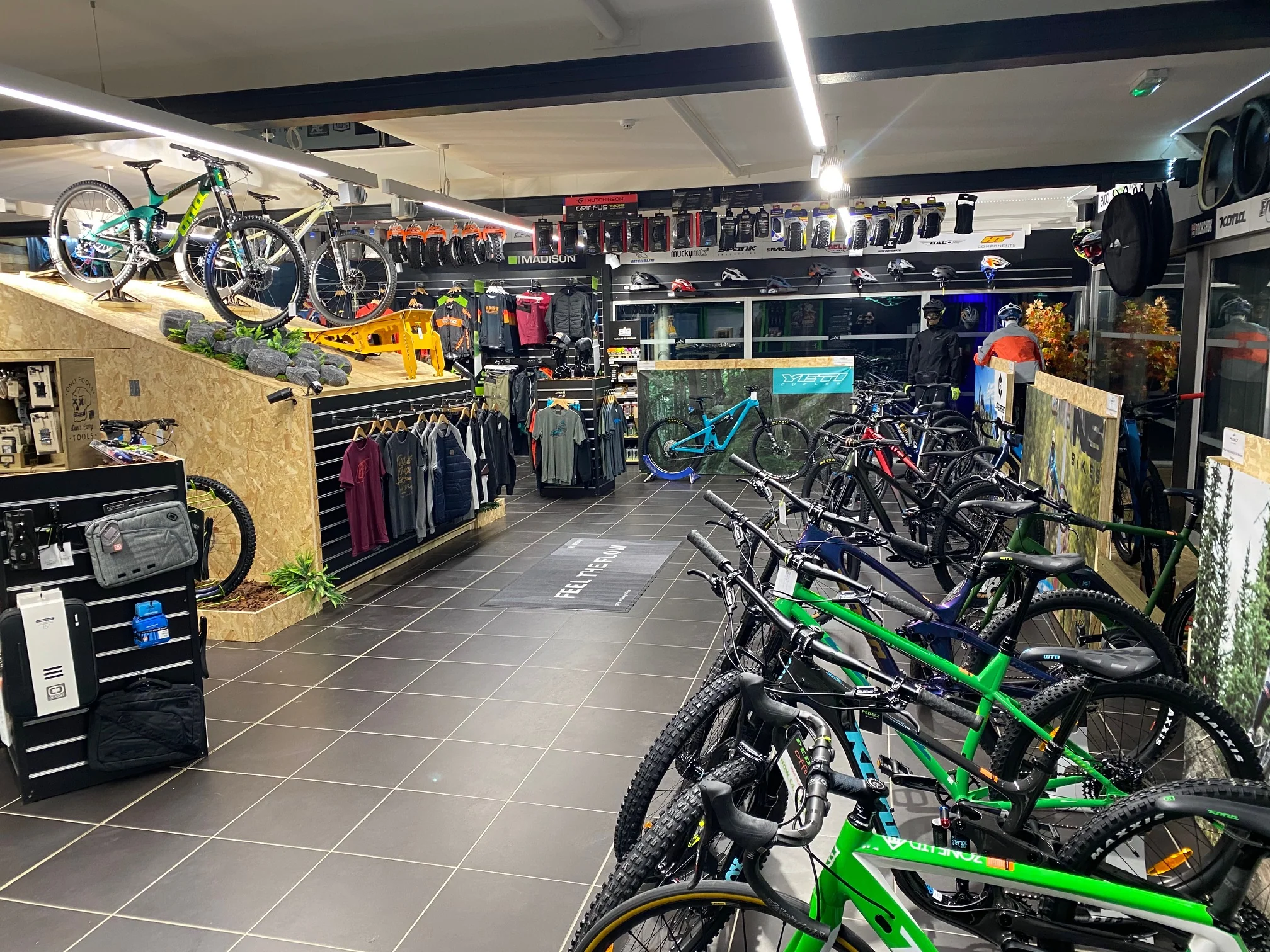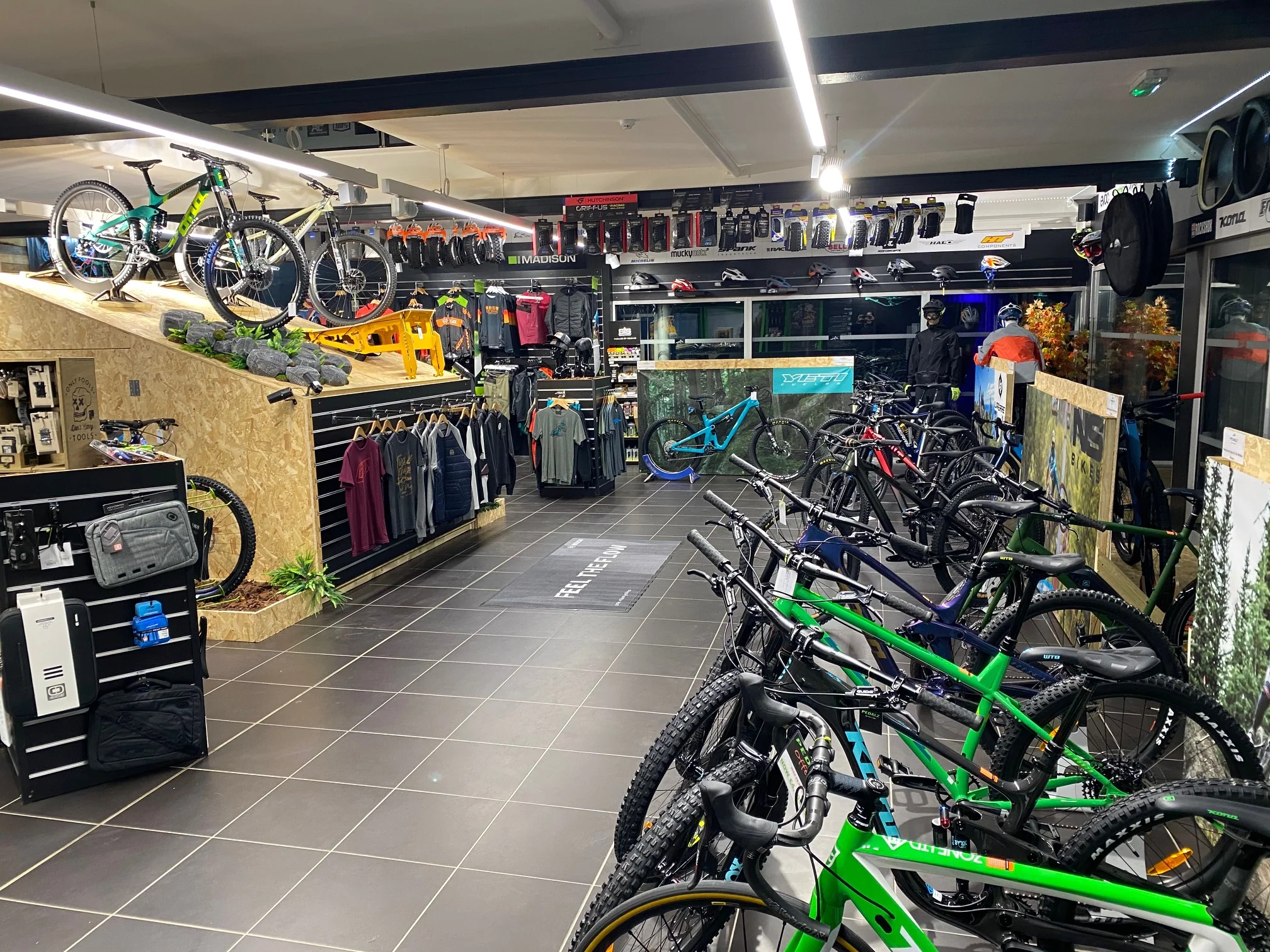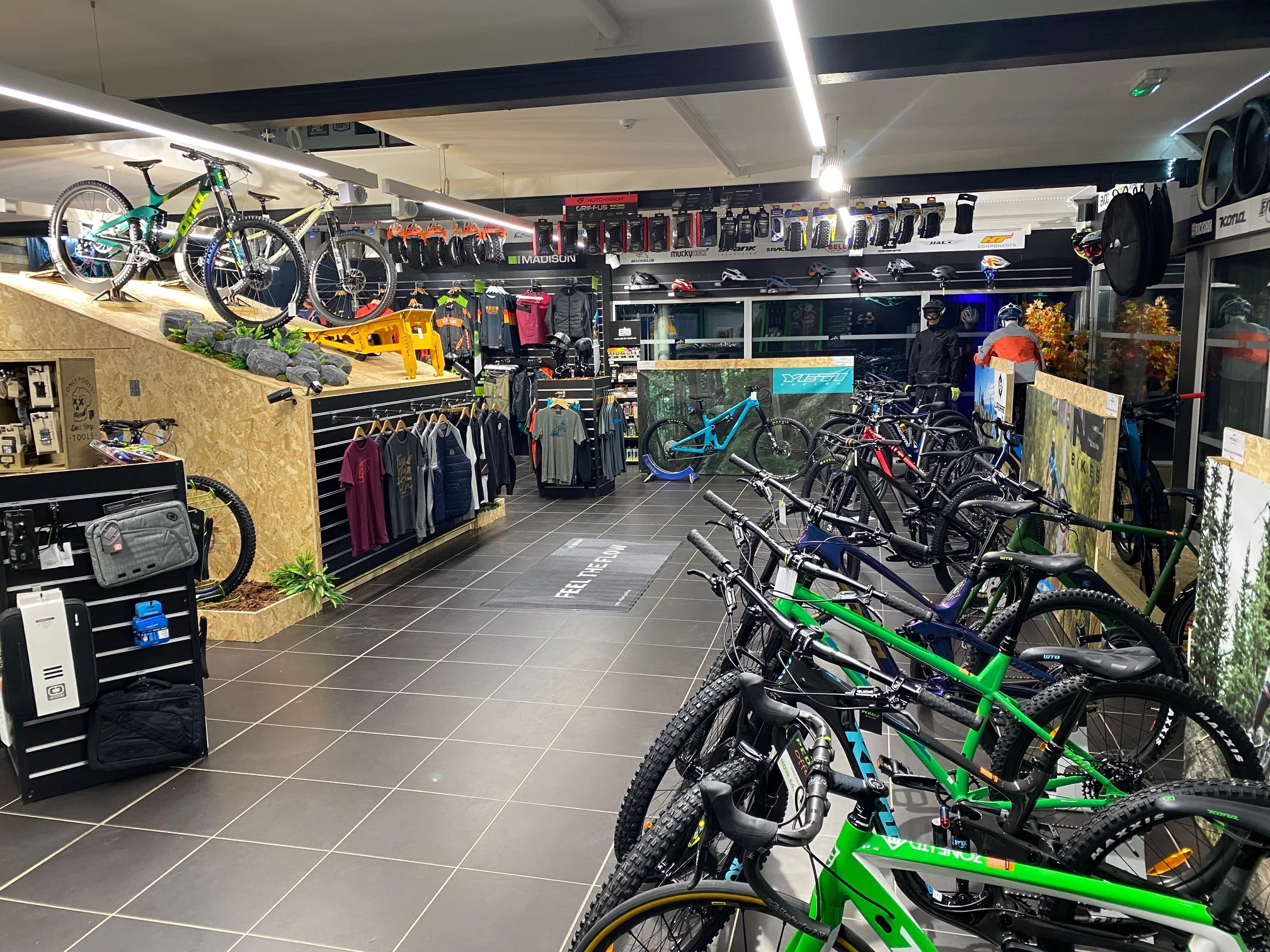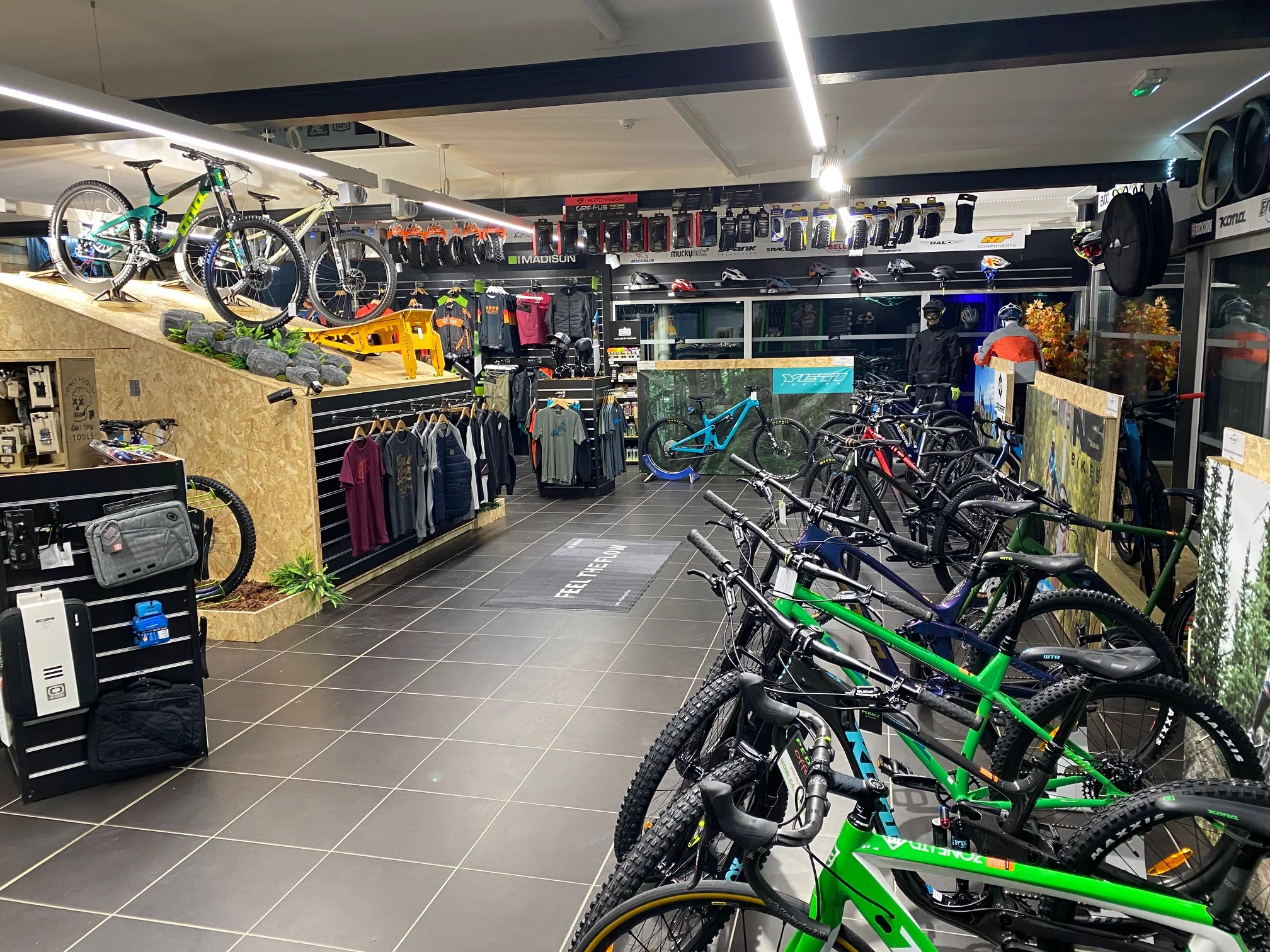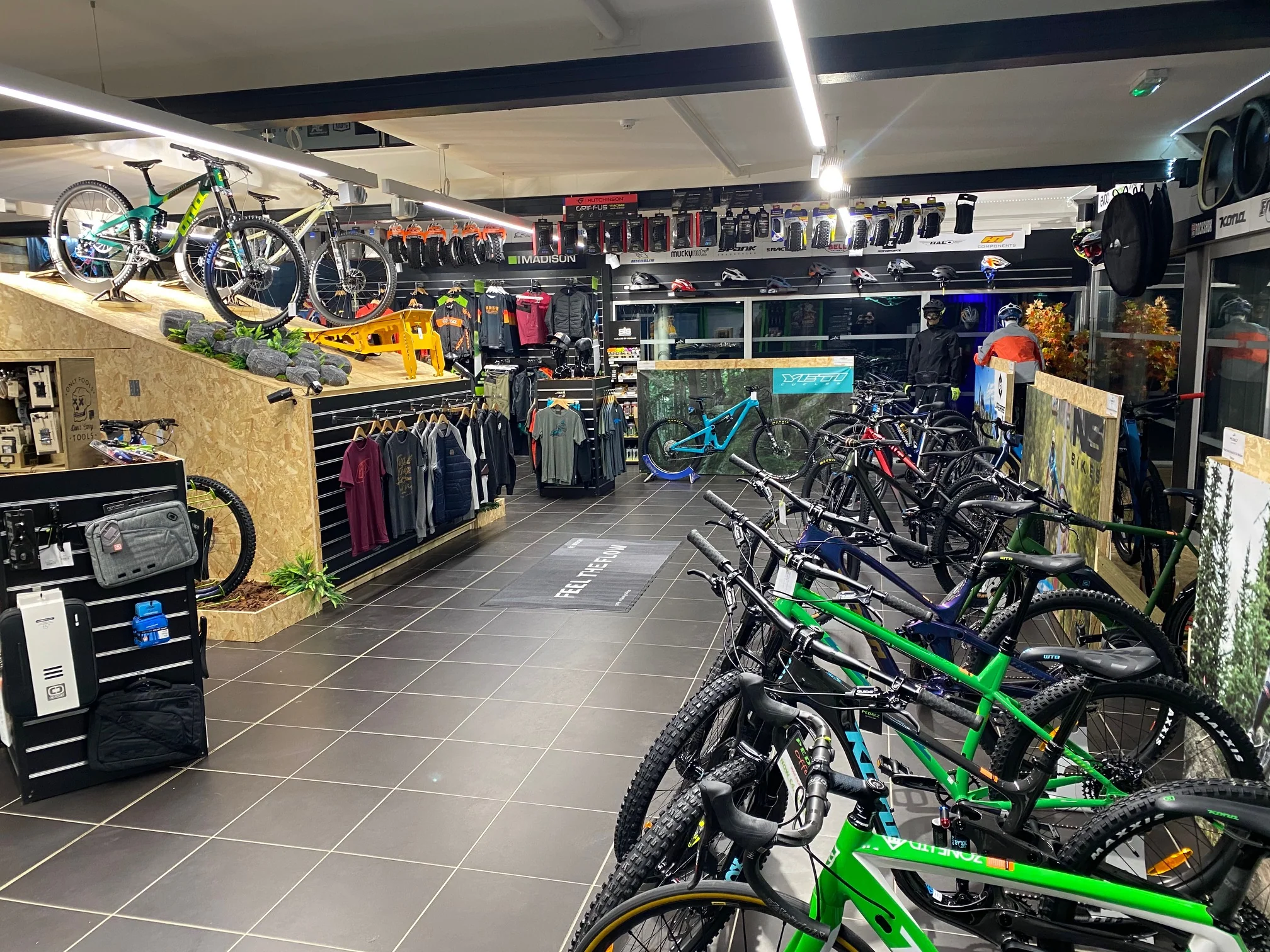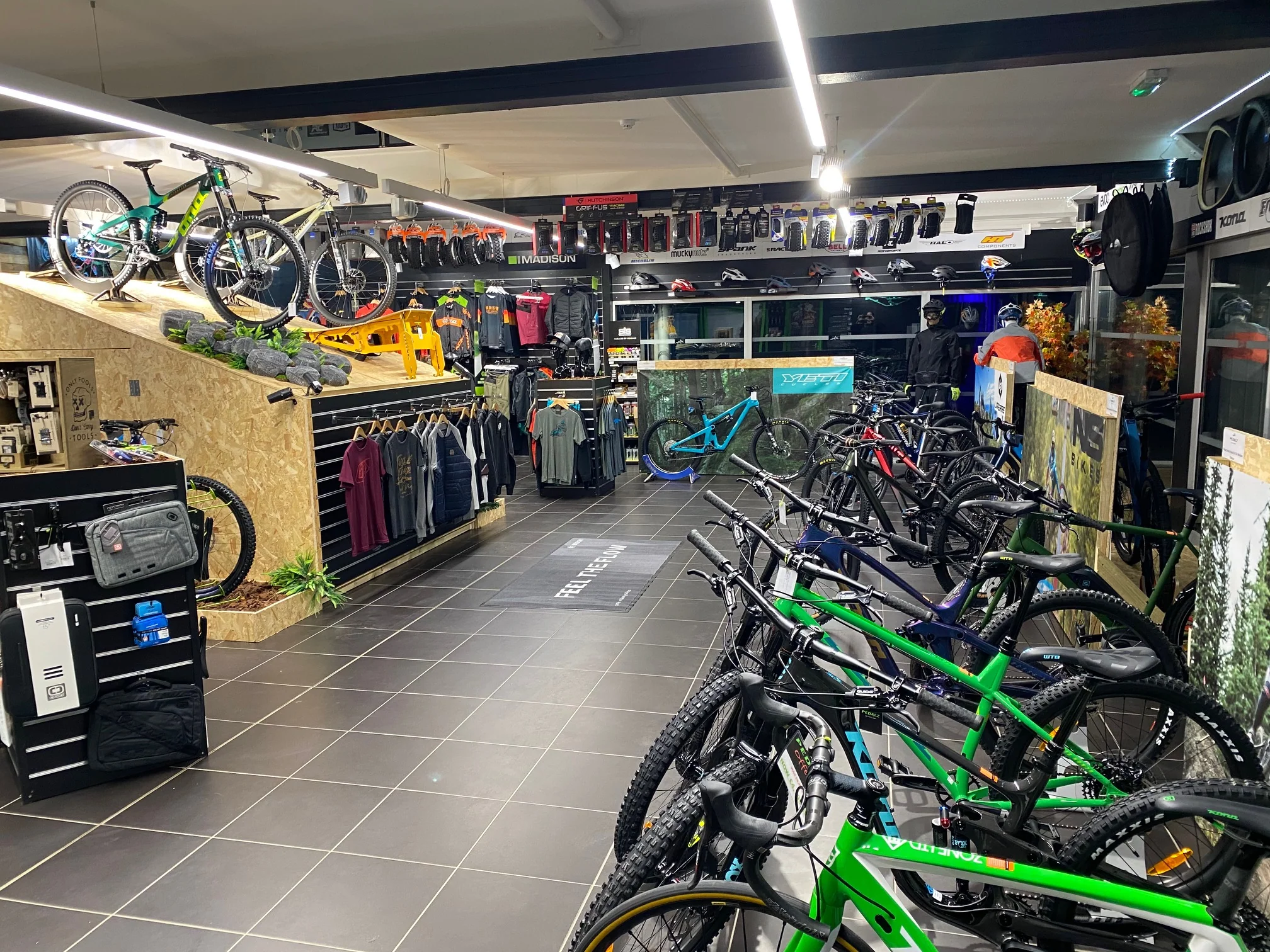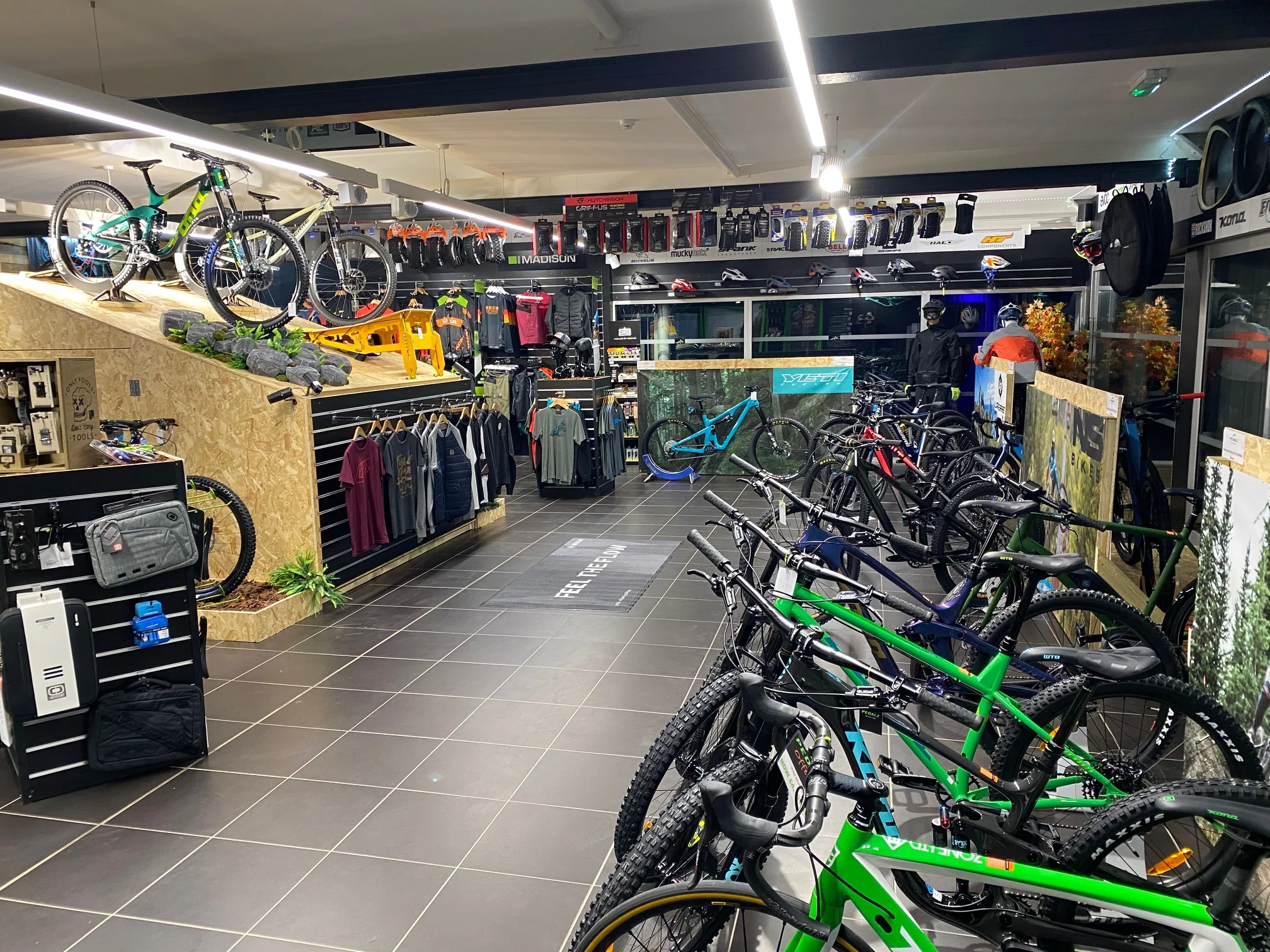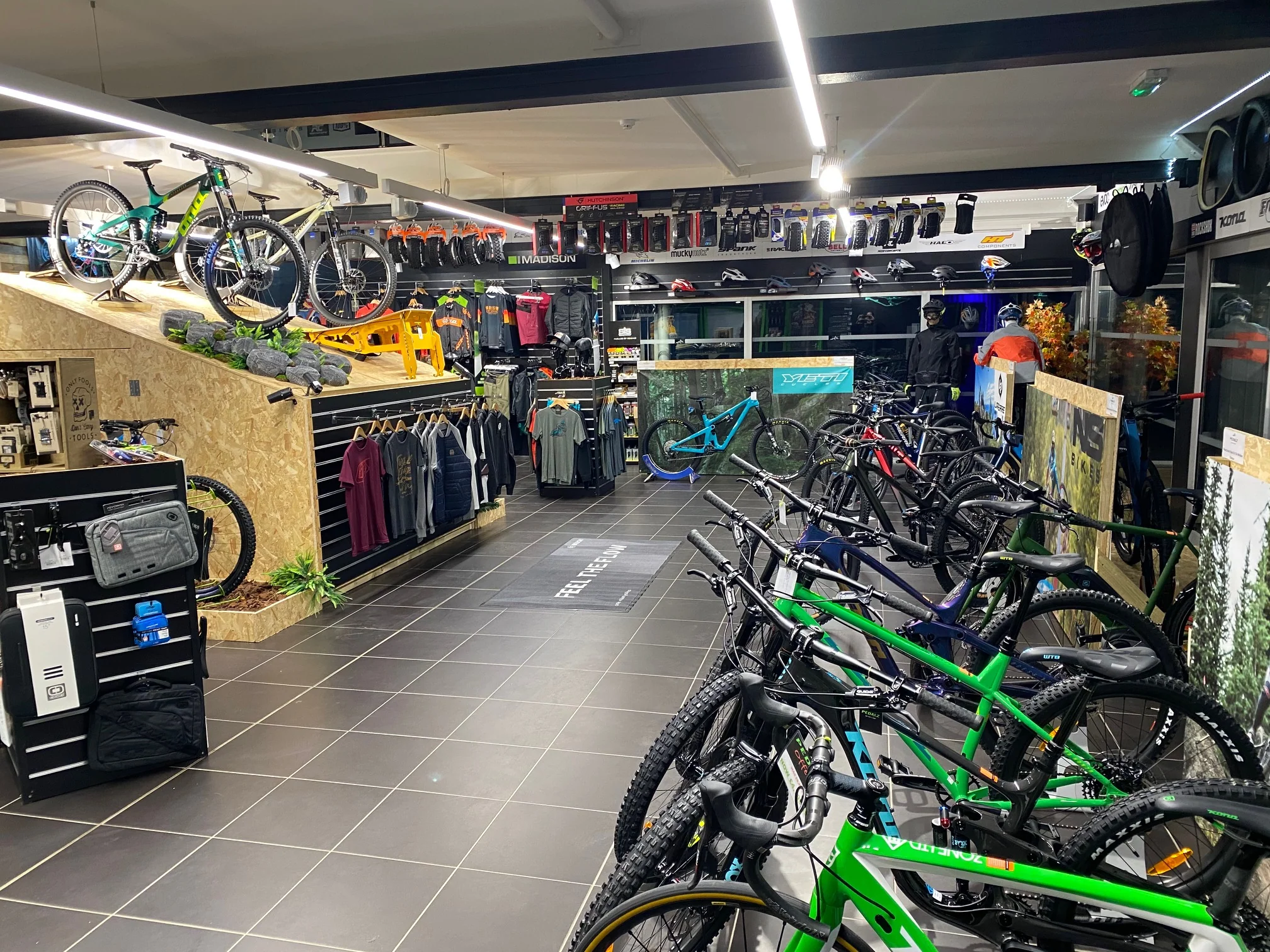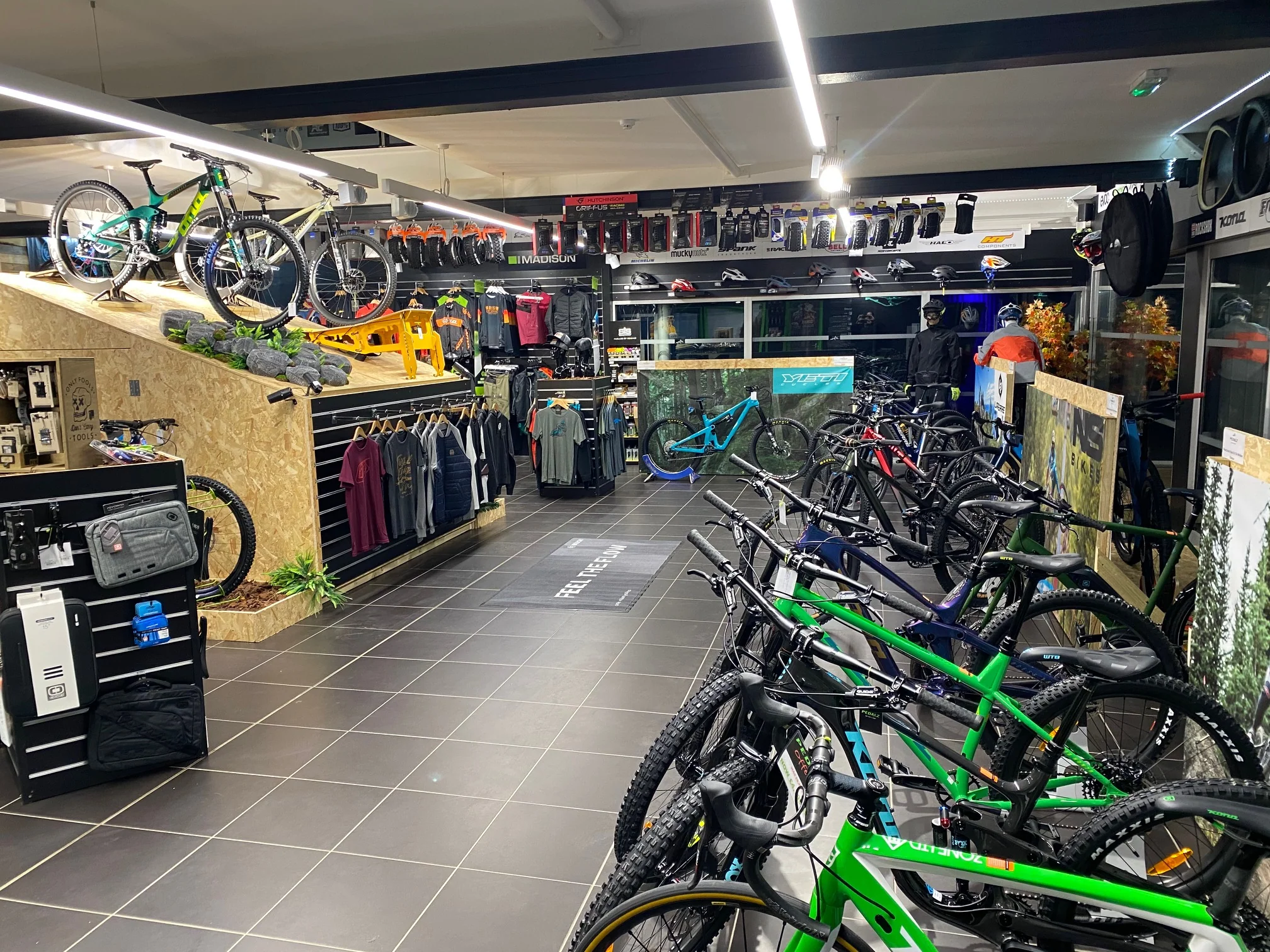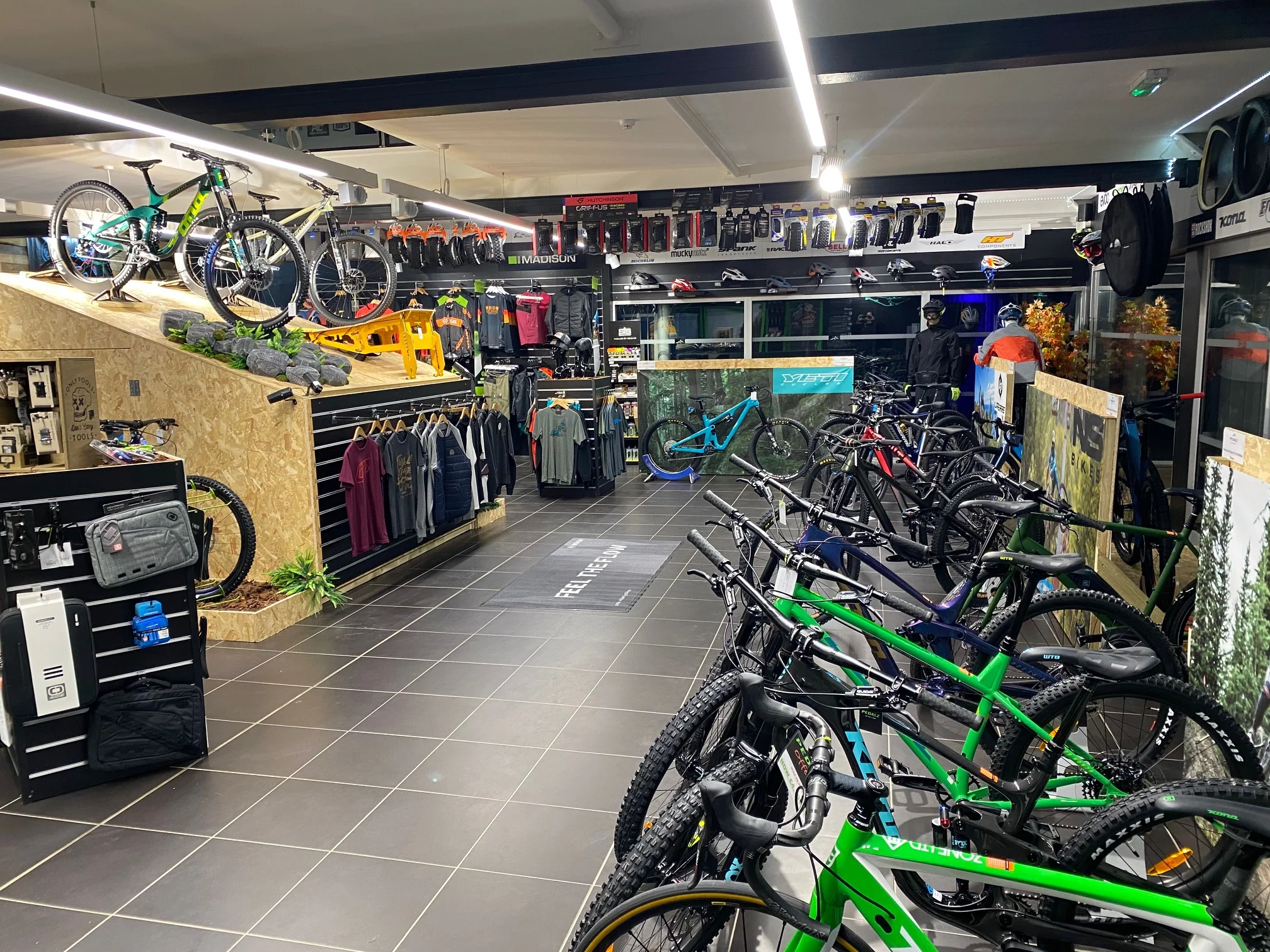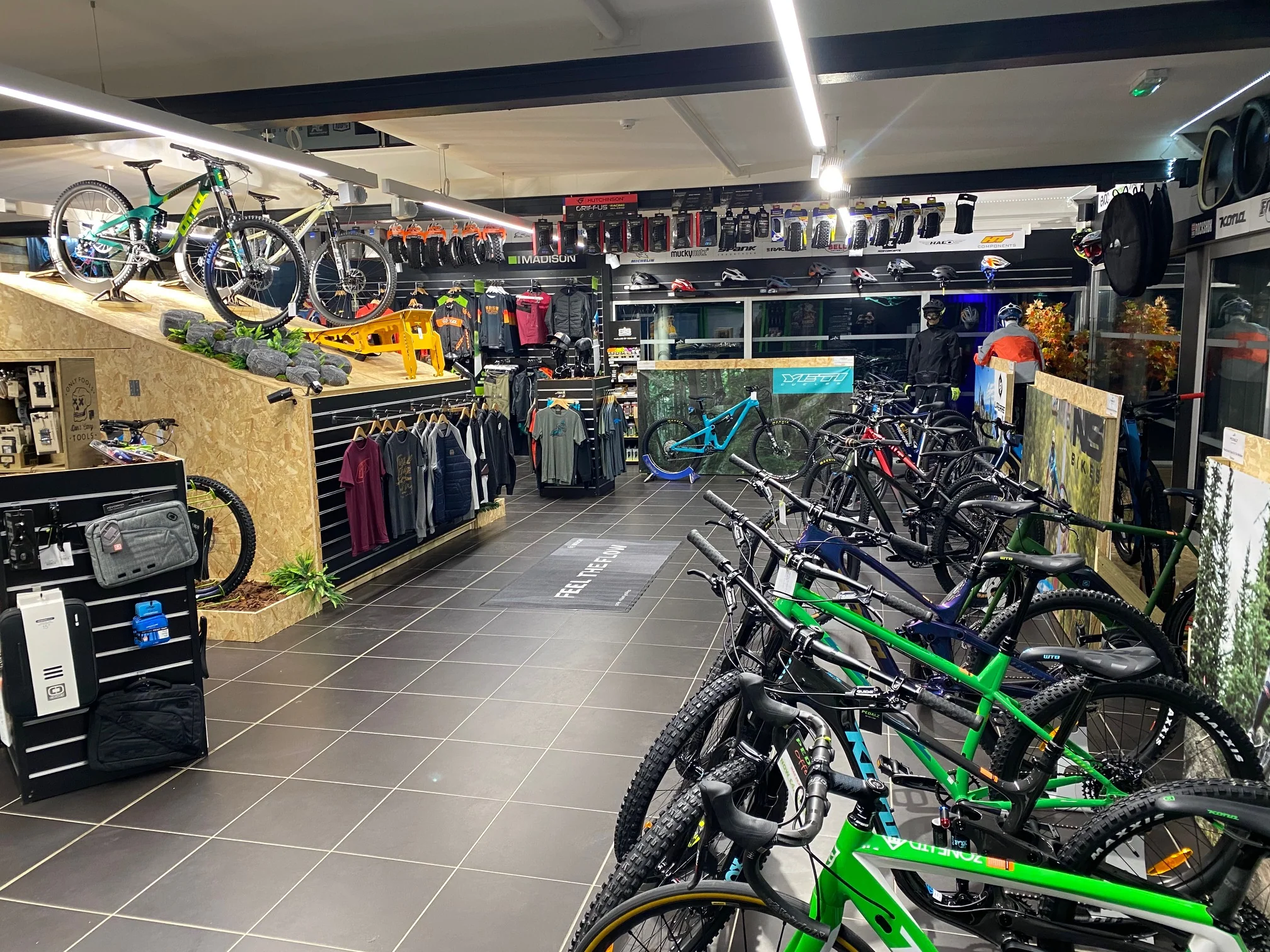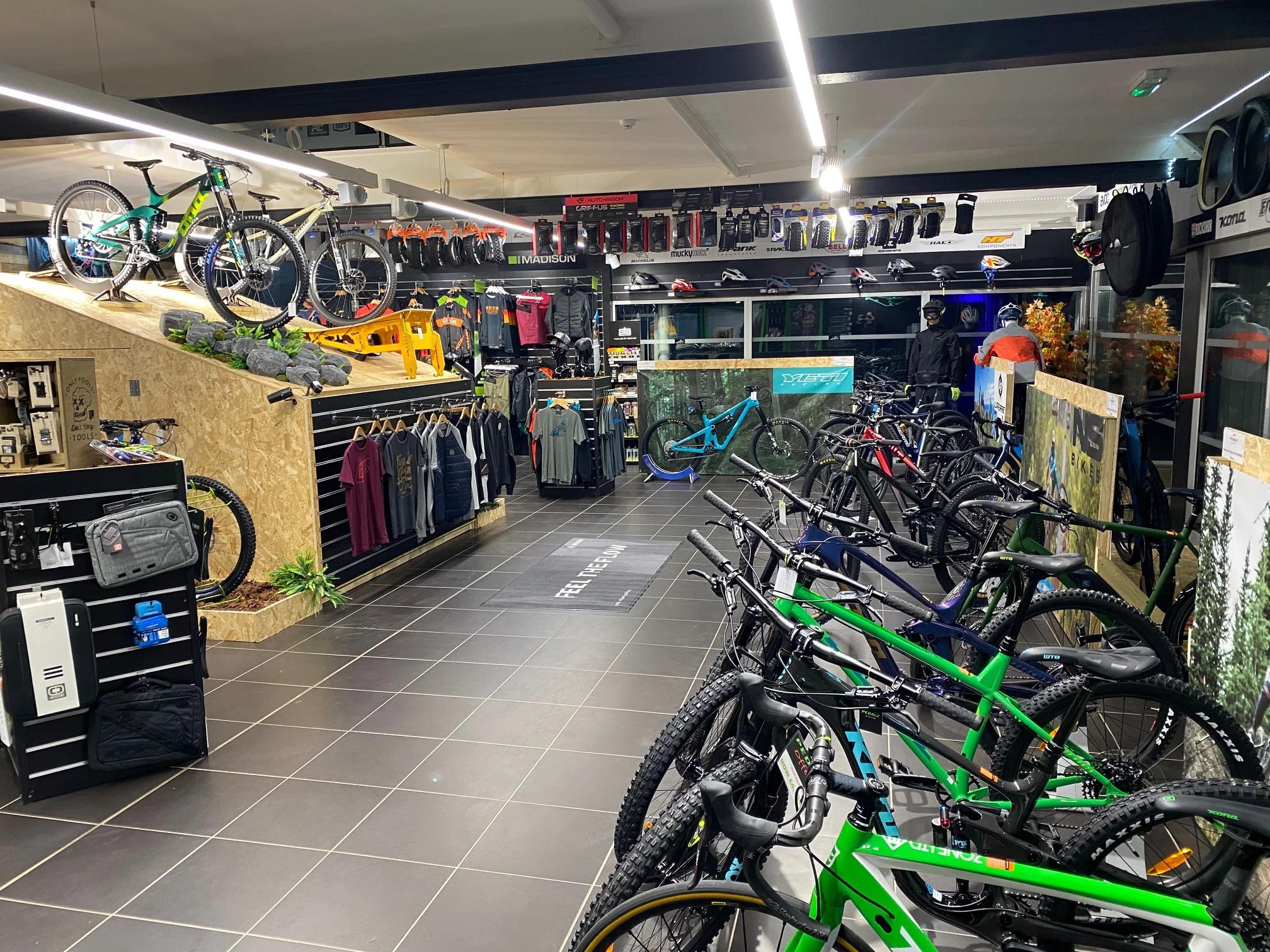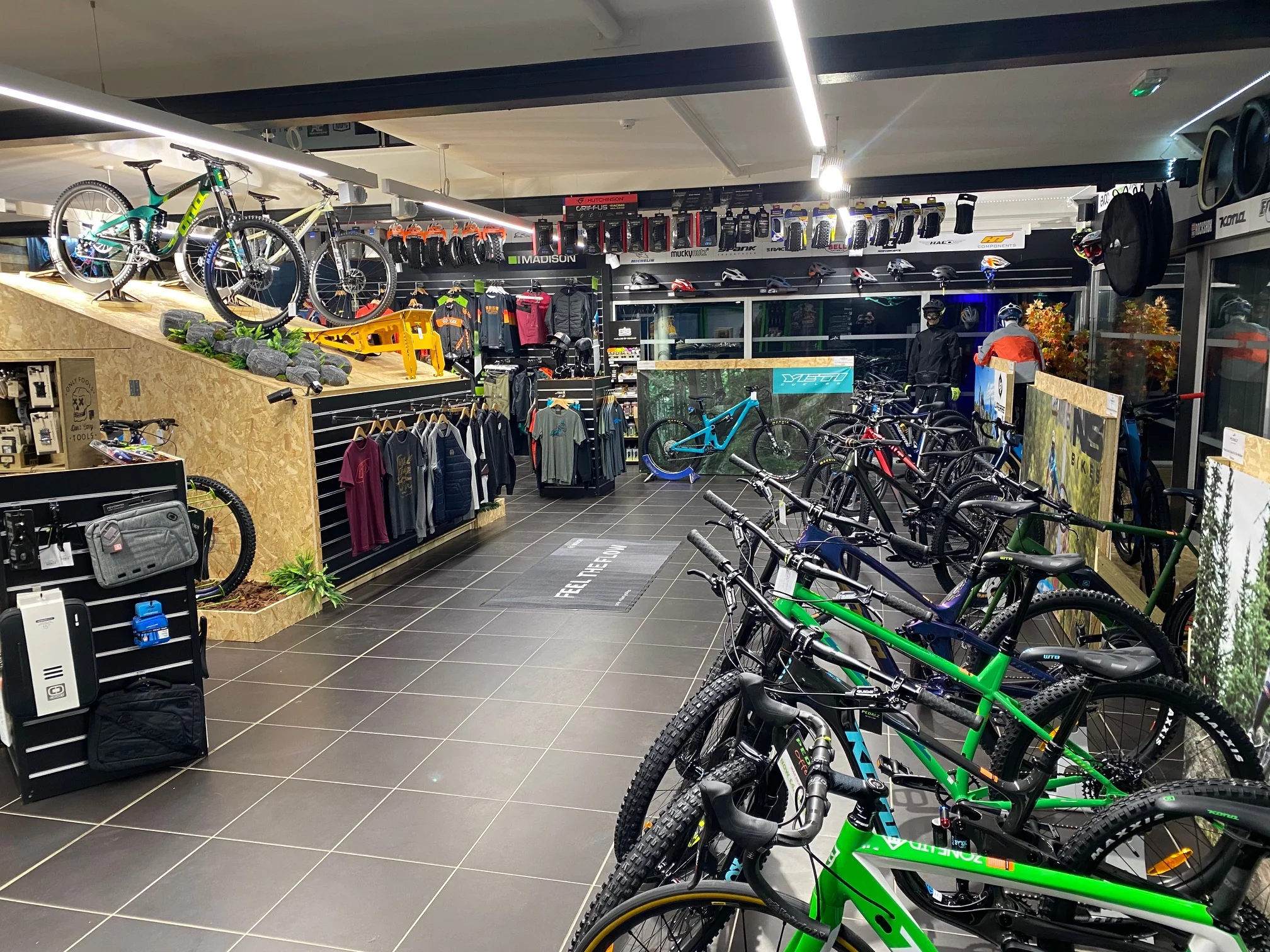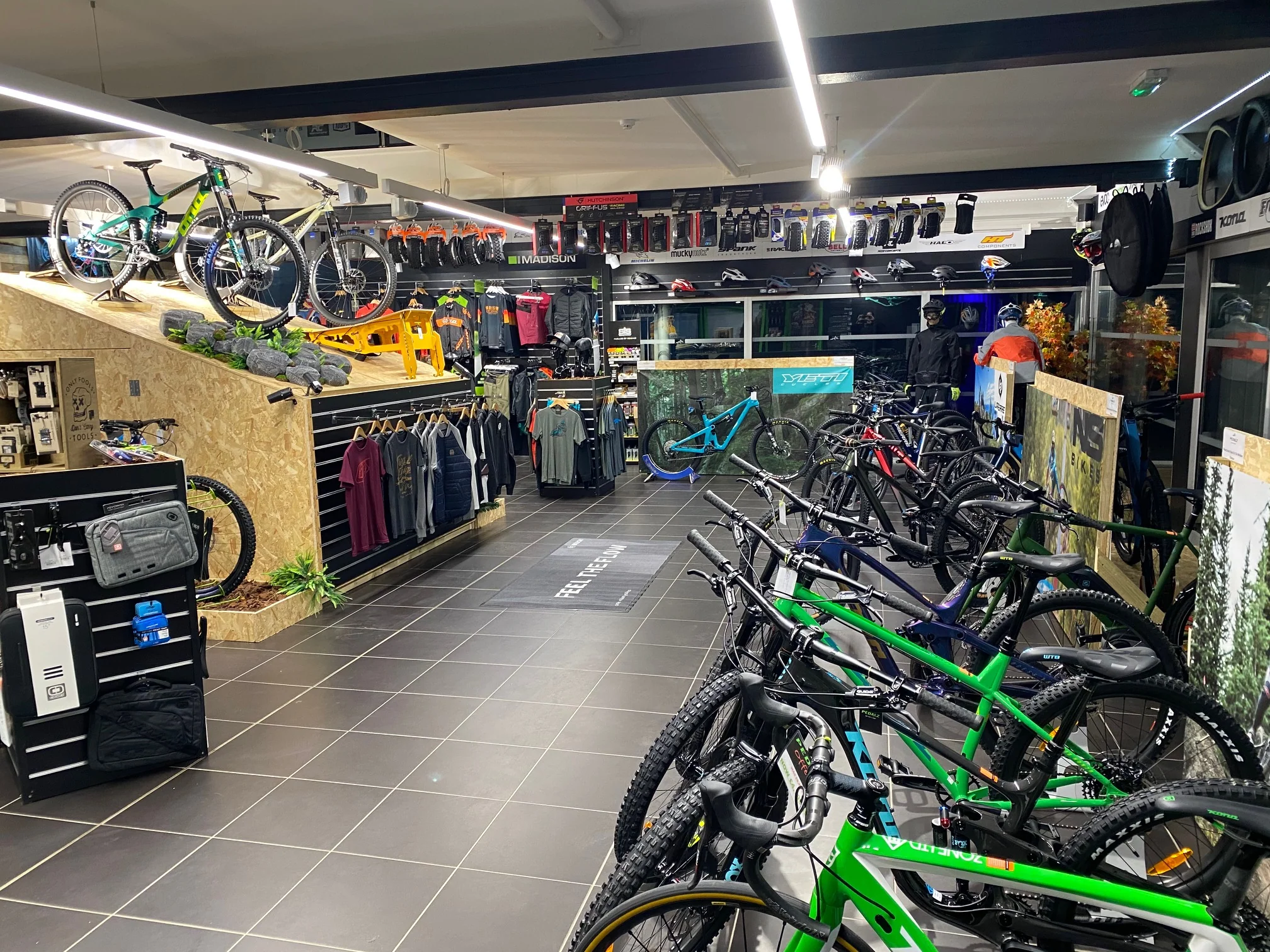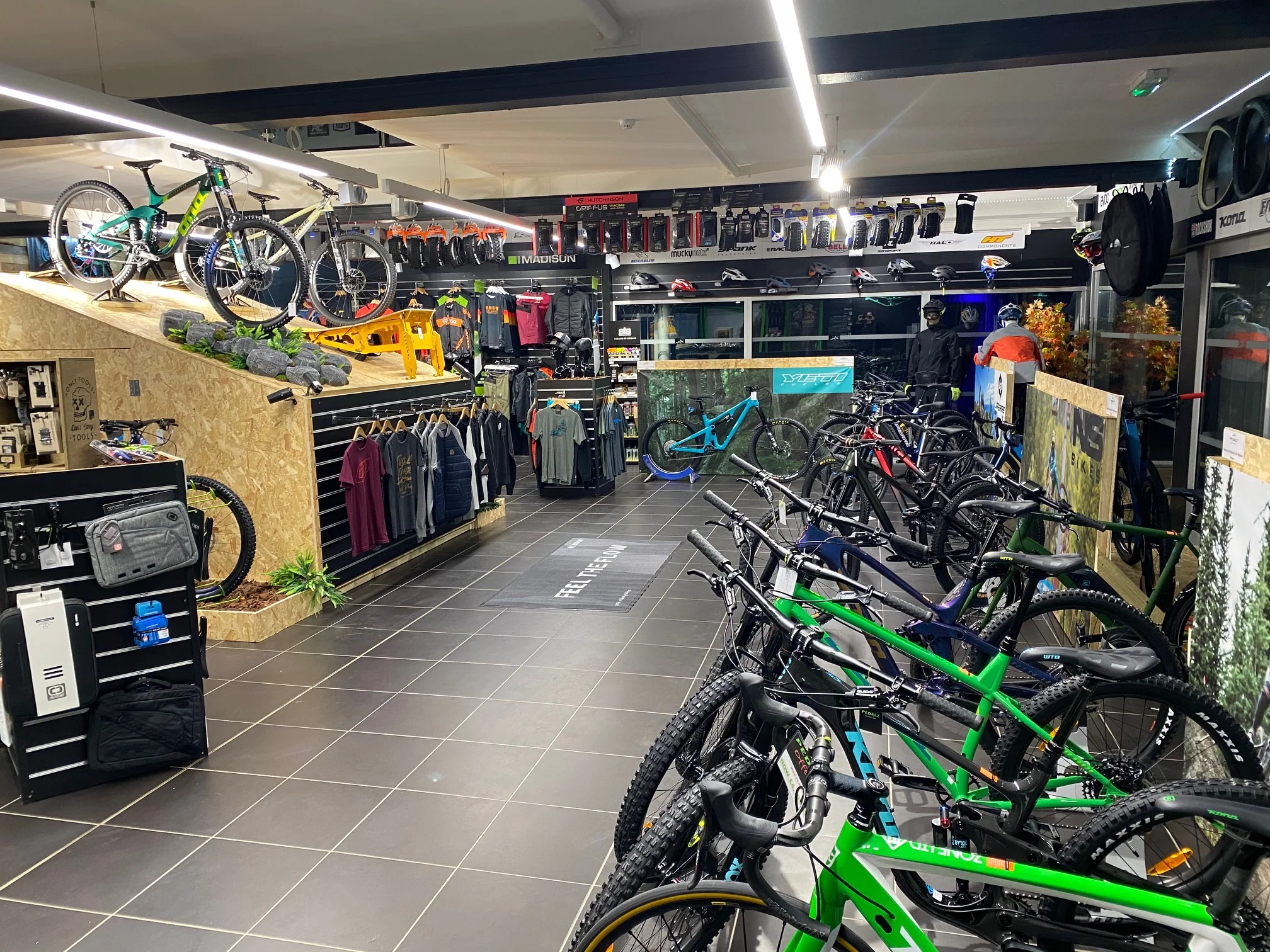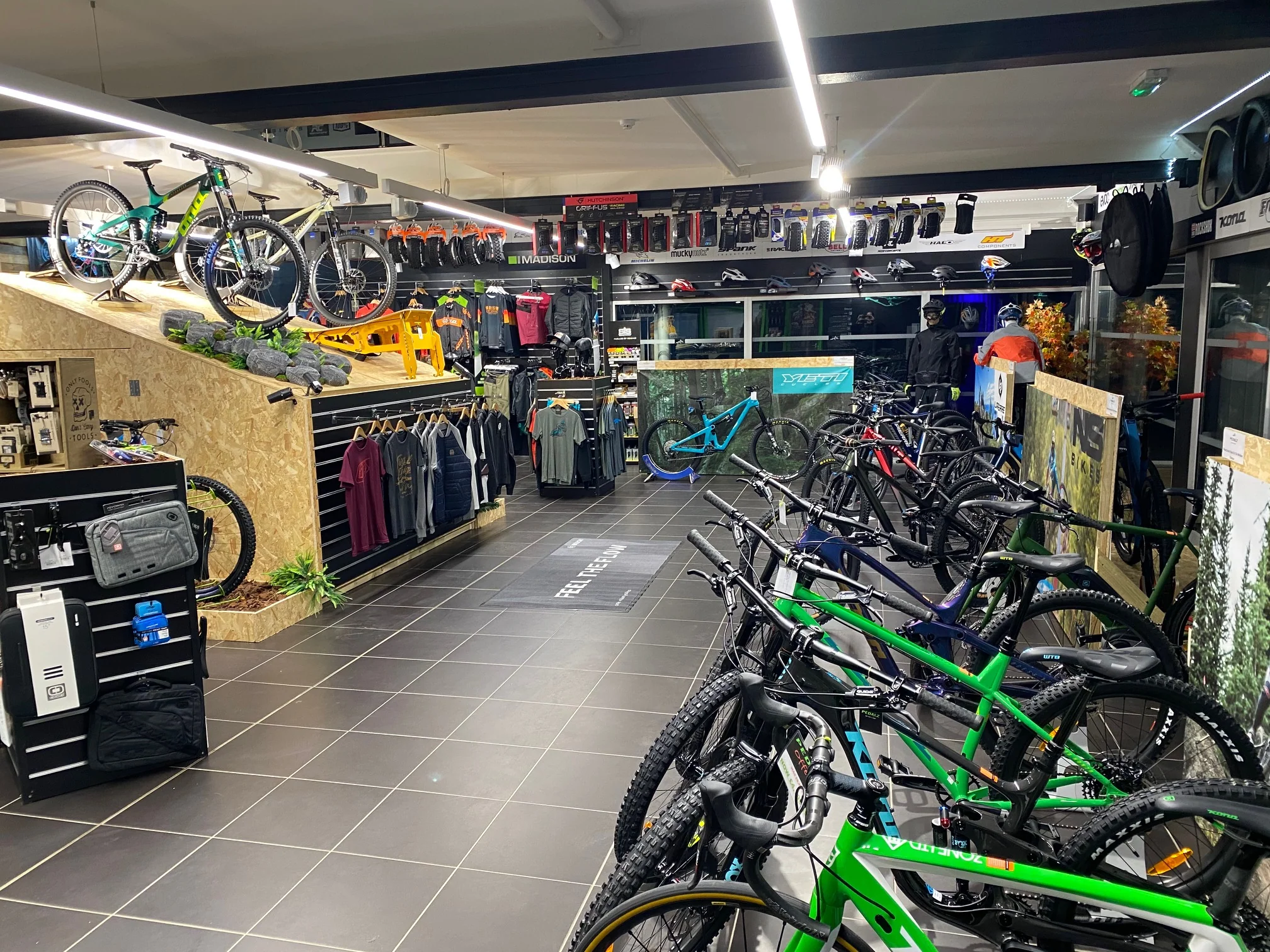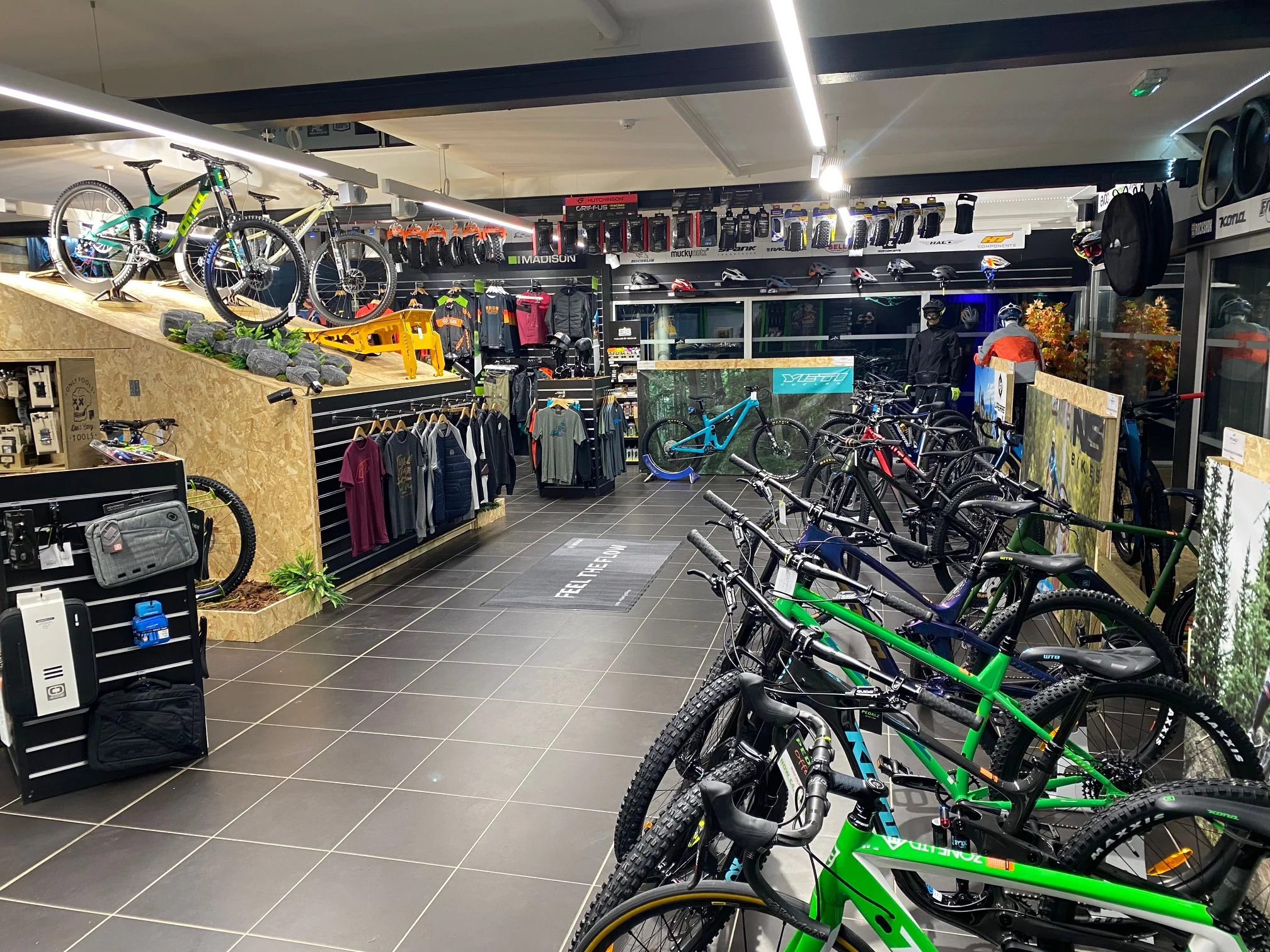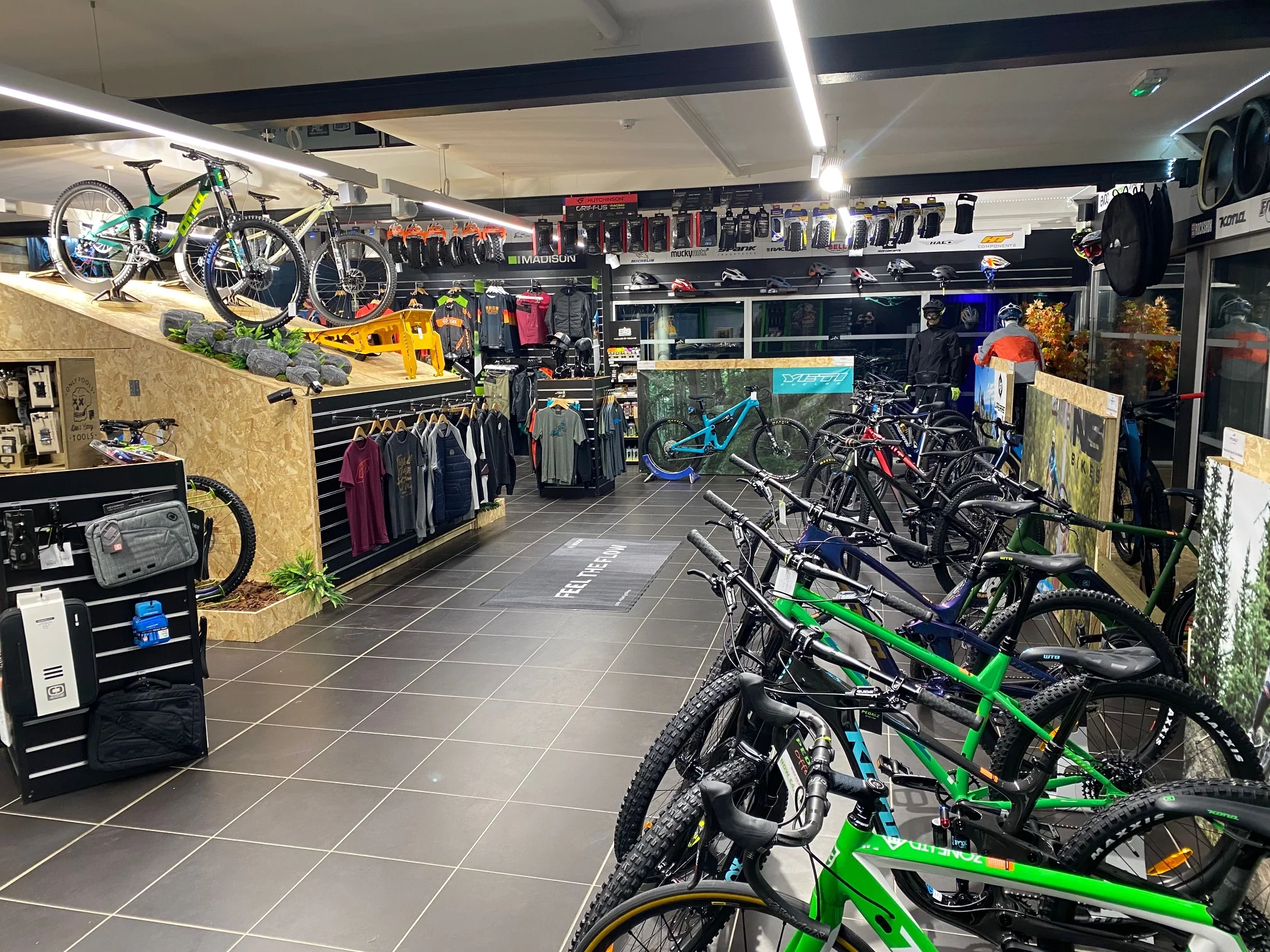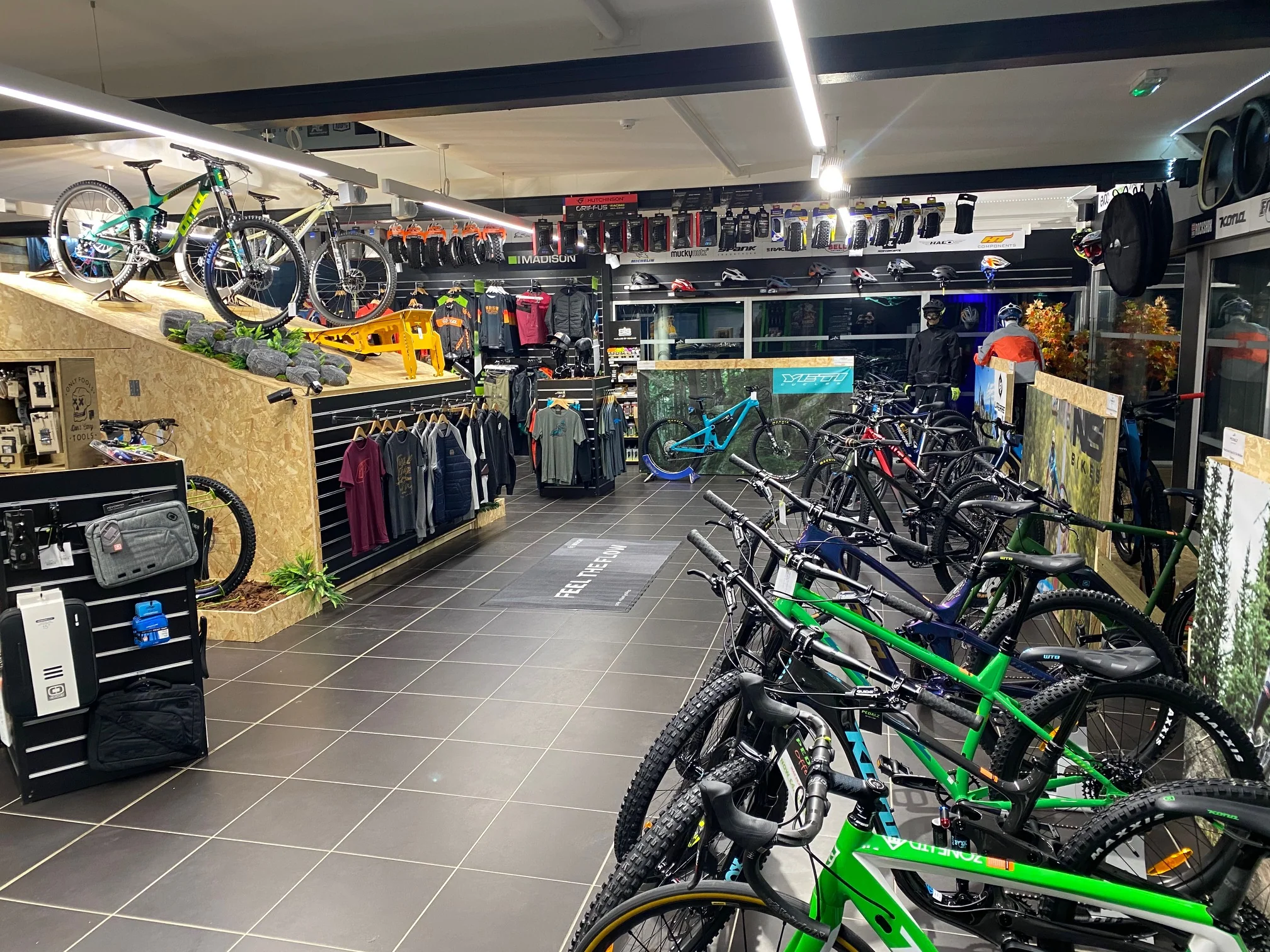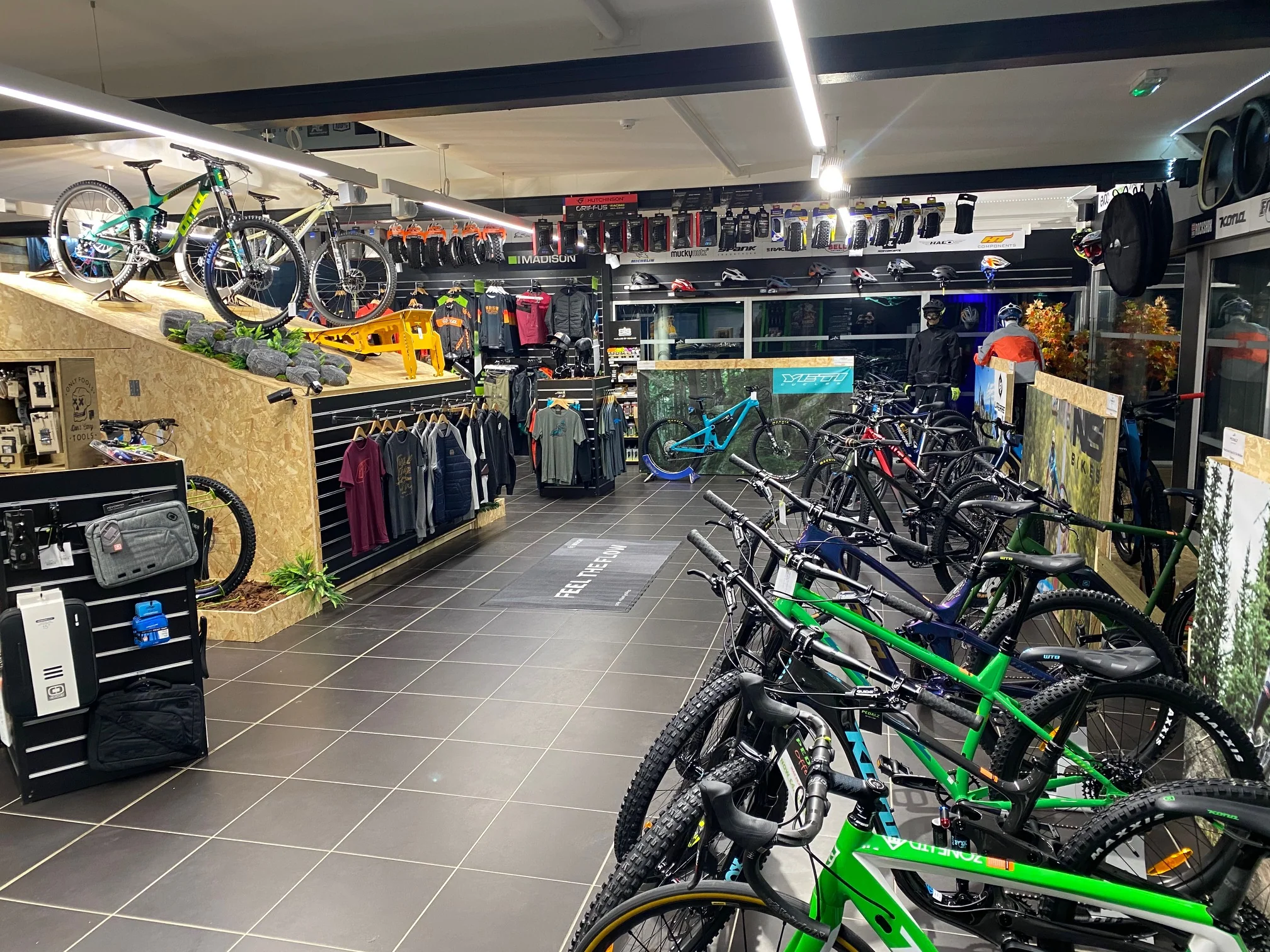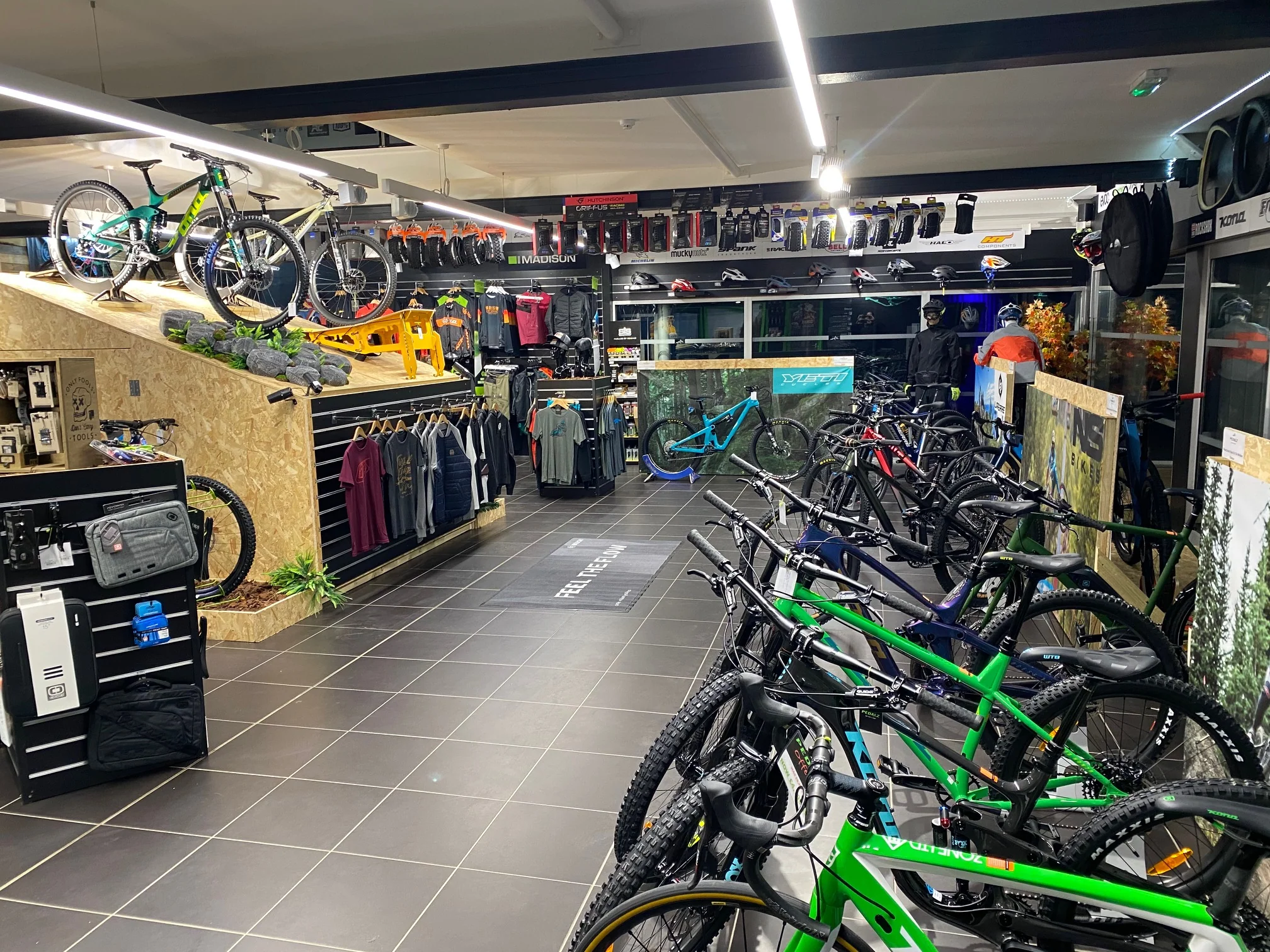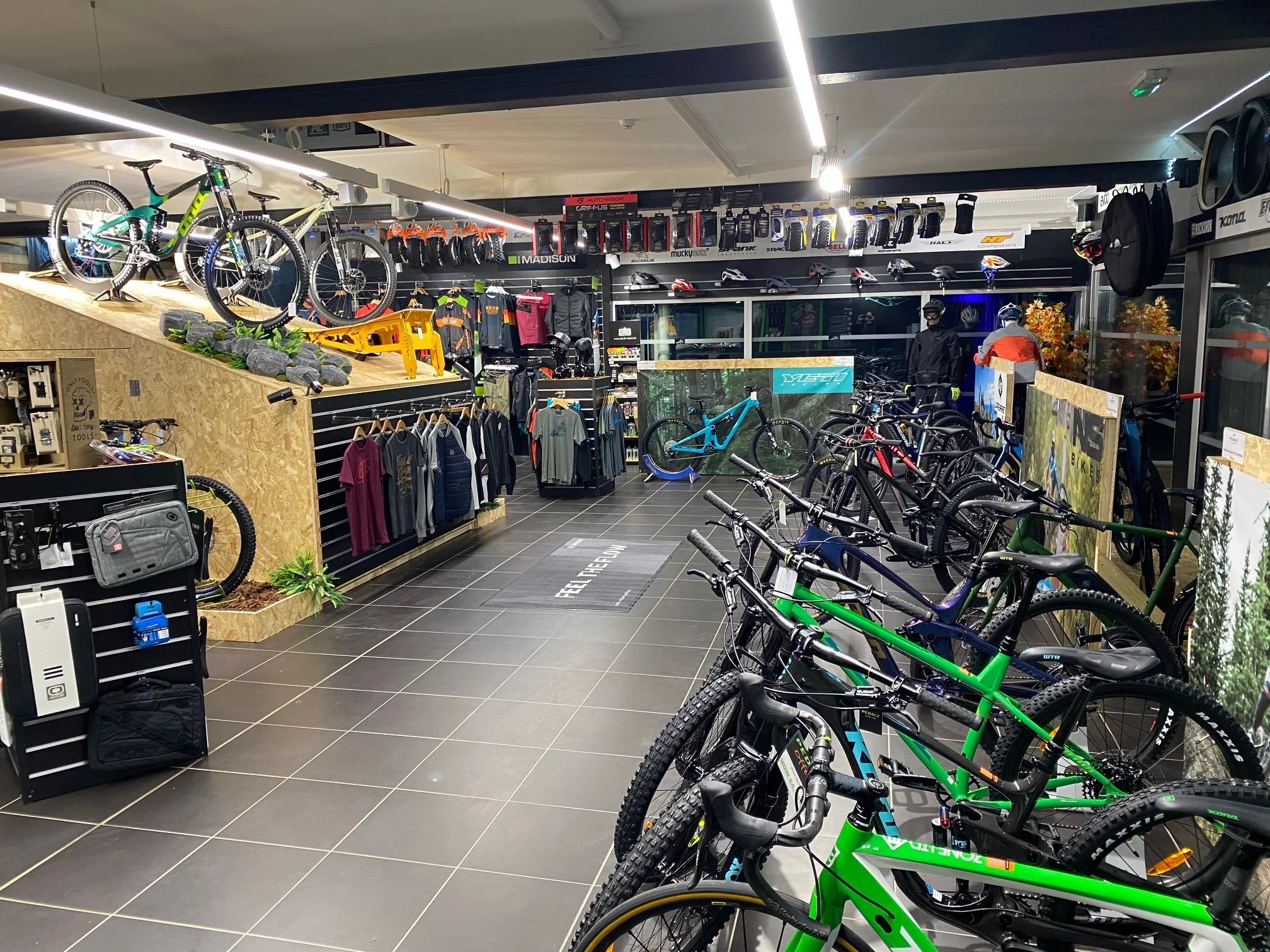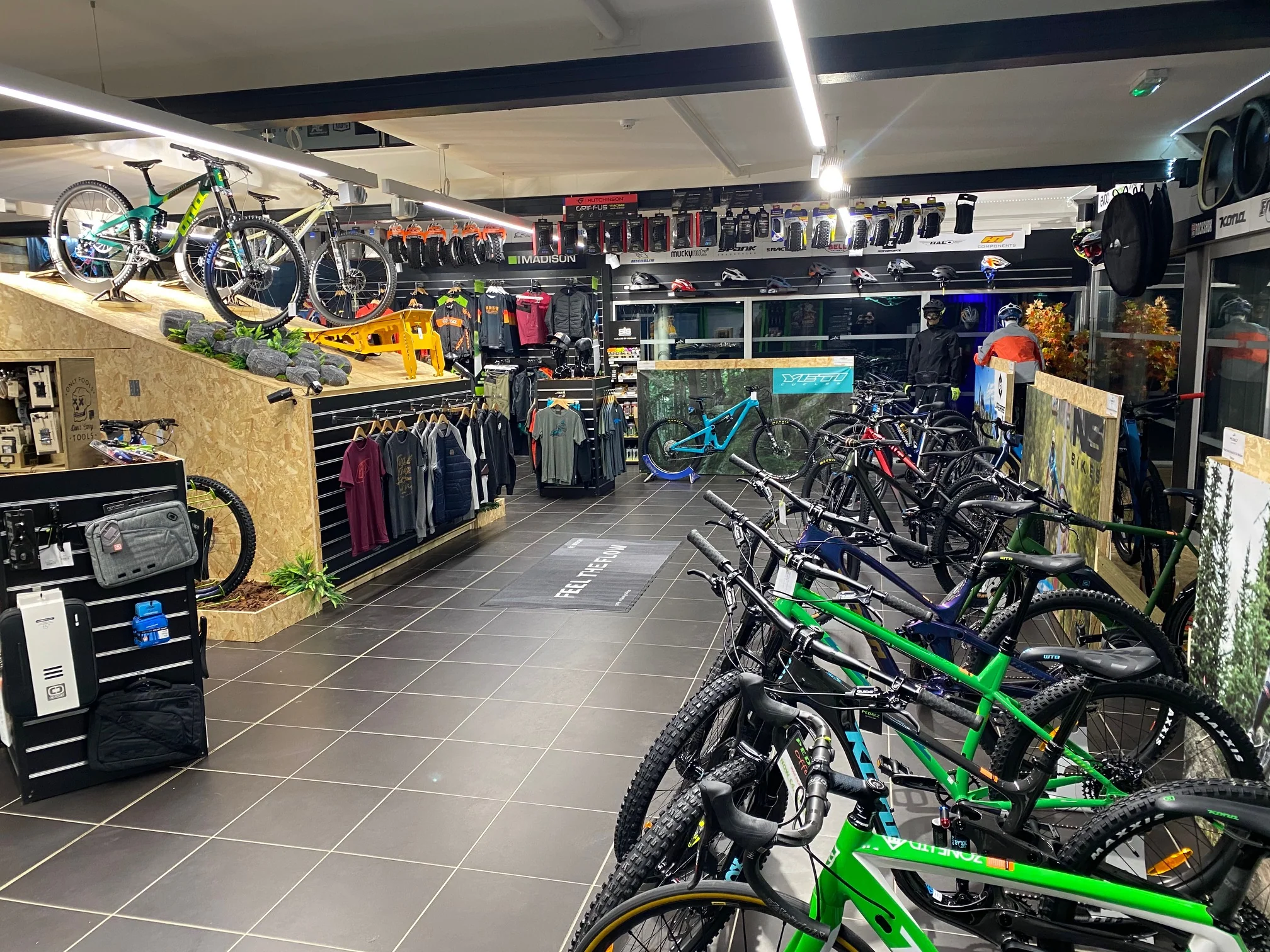The bicycle retail industry experiences dramatic seasonal fluctuations that can make or break a business. From the spring rush when customers emerge from winter hibernation to the quiet months when bikes gather dust, bicycle shop owners face unique challenges that require specialized insurance protection. Understanding how seasonal variations affect your insurance needs is crucial for maintaining comprehensive coverage year-round while managing costs effectively.
Understanding Seasonal Business Patterns in Bicycle Retail
Bicycle shops typically experience their highest sales volumes from March through September, with peak activity during spring and early summer months. This seasonal pattern creates several insurance considerations that standard commercial policies may not adequately address. During peak season, increased foot traffic, higher inventory levels, and extended operating hours all contribute to elevated risk exposure.
The off-season presents different challenges. Reduced cash flow during winter months can strain budgets, while lower activity levels might tempt owners to reduce insurance coverage – a potentially costly mistake. Weather-related risks also vary seasonally, from spring flooding that could damage inventory to winter storms that might cause structural damage when the business is closed.
Key Seasonal Risks Facing Bicycle Shops
Spring brings the highest risk period for bicycle retailers. Increased customer traffic raises public liability exposure, while staff working longer hours under pressure increases the likelihood of workplace accidents. The rush to prepare bikes for the season often involves intensive repair work, creating additional professional indemnity risks if service quality suffers under time pressure.
Summer months maintain high activity levels but introduce different risks. Theft becomes a major concern as expensive bikes attract criminal attention. Business interruption risks peak during this crucial revenue period – a fire, flood, or other incident that forces closure during prime selling season could devastate annual profits.
Autumn presents transition challenges as shops prepare for the off-season. Inventory management becomes critical as unsold stock represents tied-up capital. Weather-related risks increase as storms become more frequent, potentially affecting both premises and customer access.
Winter's reduced activity doesn't eliminate risks. Heating systems working harder increase fire risks, while reduced occupancy can make premises more vulnerable to break-ins. Cash flow pressures during this period make it tempting to reduce insurance coverage, but this leaves businesses exposed when they can least afford claims.
Inventory Protection Throughout the Seasons
Bicycle inventory represents a significant investment that requires year-round protection. Spring inventory builds create maximum exposure as shops stock up for the busy season. High-end bikes, e-bikes, and accessories can represent hundreds of thousands of pounds in vulnerable stock.
Seasonal inventory fluctuations require flexible coverage that can adjust to changing stock levels. Standard commercial insurance may not adequately reflect these variations, potentially leaving shops under-insured during peak periods or over-paying during quiet months.
Weather poses particular threats to bicycle inventory. Spring floods can destroy ground-level stock, while summer heat can damage certain components. Winter condensation in poorly heated premises can cause corrosion, while freezing temperatures might affect electronic components in e-bikes.
Theft patterns also follow seasonal trends. Summer months see increased theft attempts as demand peaks, while winter break-ins often target high-value items when premises are less frequently occupied. Professional thieves understand seasonal patterns and may time raids for maximum impact.
Staff and Customer Safety Considerations
Seasonal staffing changes create additional insurance considerations. Spring hiring of temporary or part-time staff requires ensuring employers liability coverage extends to all workers. New employees may lack experience with bike maintenance, increasing the risk of workplace accidents or service errors.
Peak season pressure can compromise safety standards. Staff working longer hours may become fatigued, increasing accident risks. Rushed repairs to meet customer demand could result in professional indemnity claims if bikes are returned in unsafe condition.
Customer safety risks also fluctuate seasonally. Spring sees many inexperienced cyclists returning to the roads, potentially leading to claims if poorly serviced bikes contribute to accidents. Busy periods with crowded shops increase slip and fall risks, while test rides of unfamiliar bikes create additional public liability exposure.
Business Interruption and Seasonal Cash Flow
Business interruption insurance becomes particularly critical for seasonal businesses like bicycle shops. A claim during peak trading months could eliminate the majority of annual revenue, making recovery extremely difficult.
Standard business interruption policies may not adequately reflect seasonal trading patterns. Coverage based on average monthly turnover might significantly under-compensate for losses during peak periods. Specialized seasonal business interruption coverage can provide higher limits during crucial trading months.
Cash flow protection extends beyond direct trading losses. Peak season interruptions can affect supplier relationships, as missed orders during crucial periods might impact future trading terms. Customer relationships built over years could be lost if the business cannot meet seasonal demand due to insured events.
Professional Indemnity for Bicycle Services
Bicycle repair and maintenance services create professional indemnity exposures that vary seasonally. Spring tune-ups and safety checks carry particular responsibility as customers prepare for increased riding. Any oversight that contributes to accidents could result in significant claims.
E-bike servicing creates additional professional indemnity considerations. These complex machines require specialized knowledge, and errors in electrical system maintenance could have serious consequences. As e-bike popularity grows, professional indemnity coverage must evolve to address these emerging risks.
Seasonal service pressures can compromise quality standards. Rushed jobs during peak periods increase the likelihood of errors that could result in professional indemnity claims. Proper coverage should account for these seasonal risk variations.
Cyber Security and Seasonal Risks
Modern bicycle shops rely heavily on digital systems for inventory management, customer databases, and payment processing. Seasonal patterns create specific cyber security vulnerabilities that require specialized insurance protection.
Peak season cyber attacks can be particularly devastating. Criminals may time ransomware attacks for maximum impact when shops are processing high transaction volumes. Customer data breaches during busy periods could affect thousands of records, creating significant liability exposure.
E-commerce operations face seasonal cyber risks as online sales spike during certain periods. Website vulnerabilities become more attractive targets when transaction volumes increase. Payment system compromises during peak trading could result in significant financial losses and regulatory penalties.
Weather-Related Property Risks
British weather creates year-round property risks for bicycle shops, but seasonal patterns require specific insurance considerations. Spring flooding poses particular threats to ground-level premises, while summer storms can damage roofing and signage.
Winter weather creates unique challenges. Heating system failures during cold periods could damage inventory through condensation or freezing. Snow loading on roofs might cause structural damage, while ice formation could create customer safety hazards.
Climate change is increasing weather-related risks across all seasons. More frequent extreme weather events require robust property insurance that can handle increased claim frequencies and severities.
Choosing the Right Seasonal Insurance Strategy
Effective seasonal insurance for bicycle shops requires understanding how traditional commercial policies might fall short. Standard coverage often assumes consistent risk levels throughout the year, which doesn't reflect the reality of seasonal businesses.
Flexible sum insured options allow coverage levels to adjust with seasonal inventory changes. This approach provides adequate protection during peak periods while avoiding over-payment during quiet months. Some insurers offer seasonal rating that reflects the varying risk exposure throughout the year.
Policy timing becomes crucial for seasonal businesses. Renewal dates should align with business cycles to ensure adequate coverage during peak risk periods. Mid-season policy changes can be expensive and may create coverage gaps.
Working with Insurance Professionals
Bicycle shop owners should work with insurance brokers who understand seasonal business challenges. Generic commercial insurance approaches rarely provide optimal coverage for businesses with significant seasonal variations.
Regular policy reviews become even more important for seasonal businesses. Annual assessments should consider how business patterns might be changing and whether coverage remains adequate. Climate change, market trends, and regulatory changes all affect seasonal risk profiles.
Claims handling procedures should account for seasonal urgency. Peak season claims require rapid resolution to minimize business interruption. Insurance providers should understand that summer claims have different urgency levels than winter incidents.
Cost Management Strategies
Managing insurance costs while maintaining adequate protection requires sophisticated approaches for seasonal businesses. Simple cost-cutting during quiet periods can leave businesses dangerously exposed when they can least afford claims.
Risk management becomes particularly important for seasonal businesses. Implementing robust security measures, staff training programs, and maintenance schedules can help control insurance costs while improving protection. Insurers often reward proactive risk management with improved terms.
Deductible strategies should reflect seasonal cash flow patterns. Higher deductibles might be manageable during peak trading periods but could create problems during quiet months when cash flow is tight.
Regulatory and Compliance Considerations
Bicycle shops must comply with various regulations that create insurance implications. Product liability requirements, health and safety obligations, and data protection rules all create potential exposures that vary seasonally.
Consumer protection regulations become particularly relevant during peak trading periods when customer interactions increase. Proper professional indemnity coverage should address regulatory compliance failures that could result in fines or compensation claims.
Future Trends and Emerging Risks
The bicycle industry continues evolving, creating new seasonal insurance challenges. E-bike growth is changing risk profiles, while online sales channels create different seasonal patterns than traditional retail.
Climate change is affecting seasonal patterns across many industries. Bicycle shops may need to adapt their insurance strategies as weather patterns become less predictable and extreme events more frequent.
Conclusion
Seasonal insurance for bicycle shops requires sophisticated understanding of how business patterns affect risk exposure throughout the year. Standard commercial insurance approaches often fail to provide optimal protection for businesses with significant seasonal variations.
Effective coverage requires flexible approaches that can adapt to changing risk levels while maintaining comprehensive protection. Working with insurance professionals who understand seasonal business challenges is essential for developing appropriate coverage strategies.
The key to successful seasonal insurance lies in recognizing that one size does not fit all periods of the year. Peak season requirements differ dramatically from off-season needs, and insurance coverage must reflect these variations to provide effective protection.
Regular review and adjustment of coverage ensures that protection remains adequate as business patterns evolve. Climate change, market trends, and regulatory developments all affect seasonal risk profiles and require ongoing attention.
Bicycle shop owners who take a strategic approach to seasonal insurance can protect their businesses while managing costs effectively. The investment in proper coverage pays dividends when claims occur, particularly during crucial trading periods when business interruption could have devastating consequences.


 0330 127 2333
0330 127 2333
